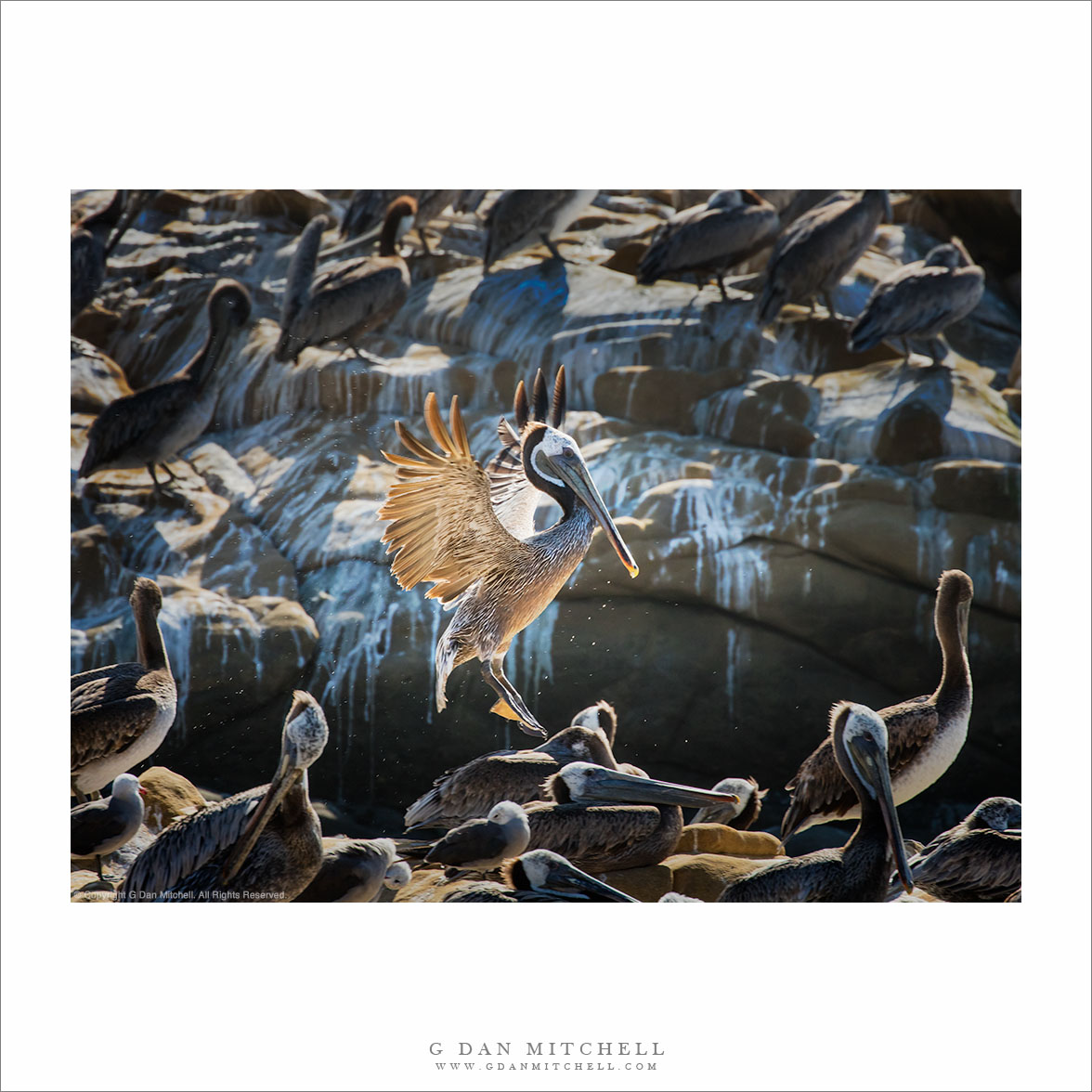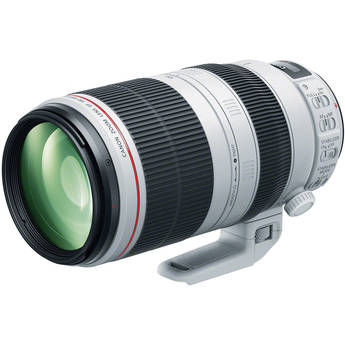(Note: This is one of those occasional posts adapted from something I originally wrote elsewhere. This one came from an online discussion of the relative merits of DSLRs and mirrorless cameras and their abilities to work with various lenses and photographic subjects. I have edited the original slightly for its re-use here.)
With all of the recent (justifiable!) interest in new mirrorless camera developments from Sony, there are factors that may persuade some photographers to go slow on giving up DSLRs for mirrorless. (It may also convince them to do what I did — I augmented my DSLR system with a second mirrorless system.) As good as mirrorless cameras are becoming, in particular the full frame Sony A7r and newer A7rII, they have their pluses and minuses when it comes to real-world photography. They can do some things quite well – there are advantages in some cases to the electronic viewfinders, Sony sensors provide state-of-the-art dynamic range, the bodies are compact, and more. They do some things less well — native lenses are few, other lenses require adapters, the autofocus systems are slower than DSLRs, there are still latency issues with the viewfinders, and so on.)
In this context, I recently realized that one of the nice things about the new Canon EF 100-400mm f/4.5-5.6L IS II Lens and the newer Canon bodies (like my 5Ds R, which is very similar to the 5Ds) is that they now autofocus (AF) quite well at f/8. The 100-400 len’s maximum f/5.6 aperture at the long end is no longer a barrier to getting 560mm out of the lens by adding the TC.
I’ve only tried the combination on one occasion so far, when the opportunity to photograph wildlife came up on a recent photography venture along the California coast. I put the 100-400 version II and the Canon 1.4x TC on my 5DsR and photographed two wildlife subjects, elephant seals lounging on a beach and pelicans doing everything from flying past to landing to sitting still. (For those who want more information than I can provide here, I wrote about the initial results in a another article.)
While I do not recommend that people whose primary photographic focus is birds in flight rush out and get a 5Ds or 5Ds R, a 100-400 v2, and a 1.4x TC as their primary setup, it does work decently and in some cases extremely well. Most importantly, it means that my primary landscape photography setup and can also work very effectively with non-landscape subjects, including wildlife — a task that will severely challenge the best current mirrorless options.

The combination focuses well and provides good resolution, even with moving subjects — though, obviously, not as well as using something like a 1Dx with a 300mm f/2.8 prime. It is good enough that I can track birds in flight and catch sharp photographs of them in motion.
Continue reading DSLR & Mirrorless: Flexibility and Adaptability


